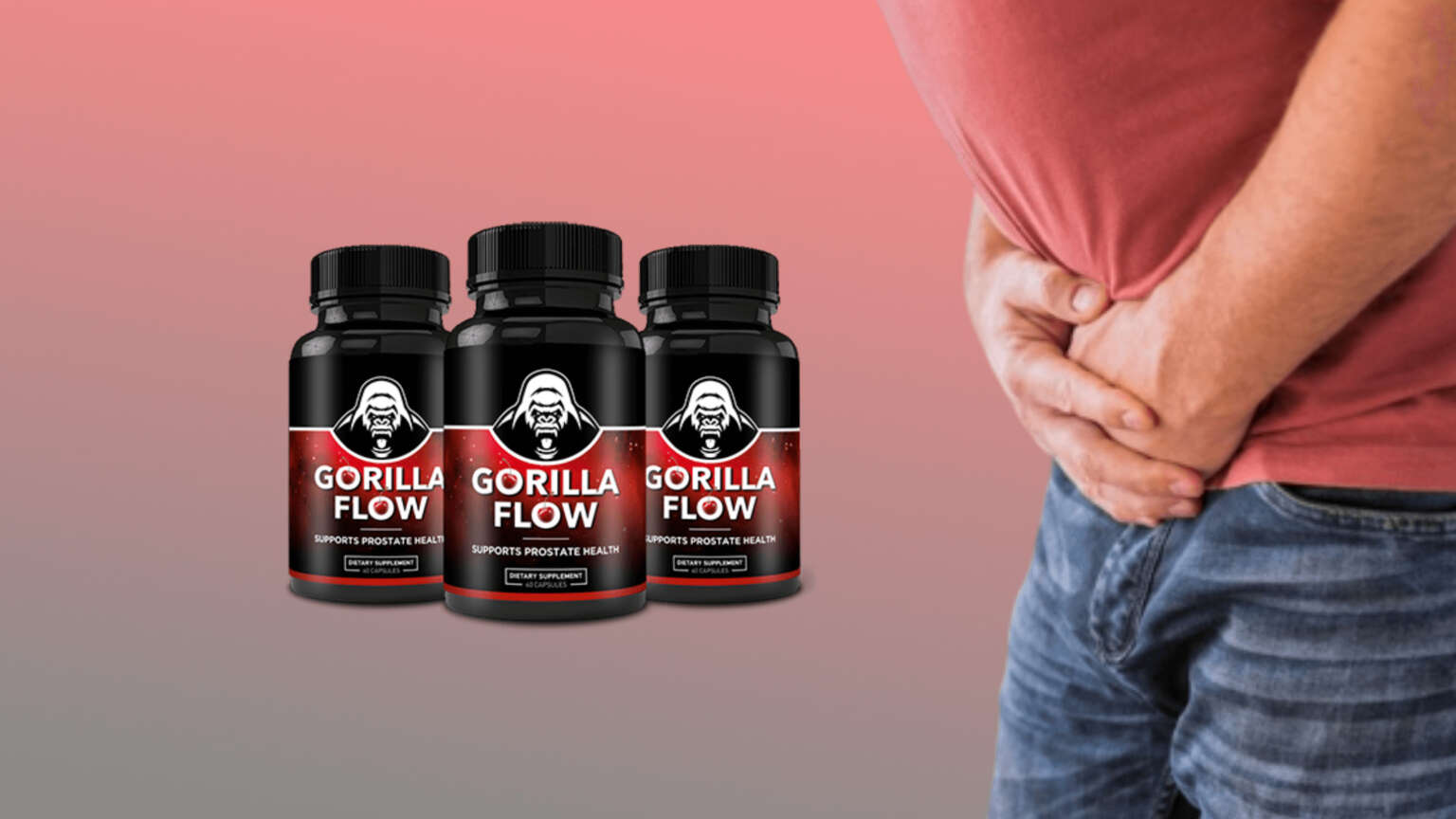Do you have a chipped or cracked tooth? Does a discoloured or stained tooth keep you away from meeting people in public? If you are suffering from such issues, we have a solution for you. To get rid of such dental problems, you can undergo tooth bonding. Not only does it give you a set of pearly white teeth but also the confidence that you require to come out in the open.
With the development of science and technology, various processes and cosmetic surgeries are come up to reduce the flaws in teeth and bring them closer to perfection. Of all treatments, one such is tooth bonding or dental bonding. When it comes to any dental treatment most people have a fear of experiencing bleeding gums or excruciating pain in the teeth. In the case of tooth bonding, you do not have to worry about such issues. It is completely harmless and takes very less time. Therefore, you do not have to take leaves from your office or spend days at home to get cured.
Indeed, many people are not aware of teeth bonding. So, we have come up with a blog on the same. In this blog, we will share with you everything that you need to know about teeth bonding. Therefore, without further delay, let’s get started.
What is tooth bonding?
Dental bonding or tooth bonding is a cosmetic dentistry process whose purpose is primarily to enhance your smile. In medical terms, it is also known as composite bonding. During this procedure, the dentist uses a resin material to bring a change in the size shape or colour of your teeth. This resin is made to match the colour of your teeth so that the treatment becomes almost invisible to the public later.
The primary purpose of tooth bonding is to make cosmetic changes in your smile. Whenever you meet someone in person the very first thing he notices about you is your smile. It is through a person’s smile that confidence radiates. So, in the professional world, it is important to possess a good smile. To get a good smile you have to work on your teeth.
There are several reasons why a dentist uses a composite resin material. The reasons for using a composite resin material are as follows:
- to cover the cracks and chips in your teeth.
- to make your teeth look longer
- to camouflage the tooth discolouration
- to change the shape of your tooth
- to close the spaces and gaps between your teeth
Nowadays, cosmetic dental treatments are gaining momentum. Of all cosmetic dental treatments, dental bonding is also frequently performed. Many people consider dental bonding similar to veneers. Both are completely different. Dental veneers are made up of porcelain. These are customised ceramic shelves that are placed on the front surface of the teeth. To place the dental winners the dentist first removes some enamel from the teeth. Dental veneers are not reversible. Also, you need to replace them at an interval of 10 to 20 years.
On the other hand, dental bonding does not require the removal of any enamel. Therefore, it is completely a reversible process. You might need some touch-ups at an interval of every three to ten years. Since dentists use a composite resin material in the dental bonding process, it is sometimes known as composite veneers.
What happens in dental bonding?
Before getting a dental bonding your dentist will ask you to undergo an x-ray of your teeth to discuss your cosmetic goals. This implies that after looking into your dental X-Ray you can share with your dentist the changes that you want in your teeth. Also, it is through the X-ray that the dentist will make sure whether you are eligible for the process. If you have severe tooth decay or cavities the dentist will first cure the decay or cavity and then you want to the bonding process.
Once the dentist has approved you for the dental bonding procedure these are the steps that he will go through:
- Selecting the shade
First and foremost, the dentist will use a shade guide to choose a composite resin material that is an exact match with the natural colour of your teeth. A composite resin material that does not match the shade of your natural teeth will stand out and make your teeth look artificial.
- Preparing the teeth
Next, the dentist will use a tool to make the surface of your tooth rough. For this, he rubs the tool against the surface of your tooth gently and then applies a conditioning liquid on top of it. This gives a soothing effect on the tooth. Also, the conditioning liquid acts like a bonding material or glue that sticks to your tooth at ease.
- Applying the composite resin material
Now the dentist will apply the raisin material to the tooth. Next, we will mould it and smoothen it into the shape of your tooth. This gives a natural effect to the tooth and makes the treatment barely recognisable.
- Curing the material
Once the dentist notices that the composite resin material has become hard, he uses a special curing light. The purpose of this curing light is to Bond the resin material to the surface of the tooth. Otherwise, the resin material may come out anytime. You certainly do not want to face any public embarrassment. So, have patience and let the dentist do his job.
- Polishing the teeth
The final step that the dentist will accommodate is to polish your tooth. The purpose of the polishing is to make the necessary adjustments to give the truth a more natural look and a shiny effect. For polishing purposes, the dentist uses special tools.
The entire procedure of dental bonding can take from 30 to 60 minutes for each tooth. However, the time taken for each tooth varies from person to person. This is because everybody’s requirement for dental bonding is not the same. So, a person who needs to bond five teeth will need more time than someone who needs to want one tooth.
Conclusion
Therefore, tooth bonding is a saviour for many. When you have a healthy smile, you can conquer the whole world. While you are determined to undergo the tooth bonding process, make sure to consult with the best dentist in Holborn. Also, clarify all your doubts before landing into the process.





